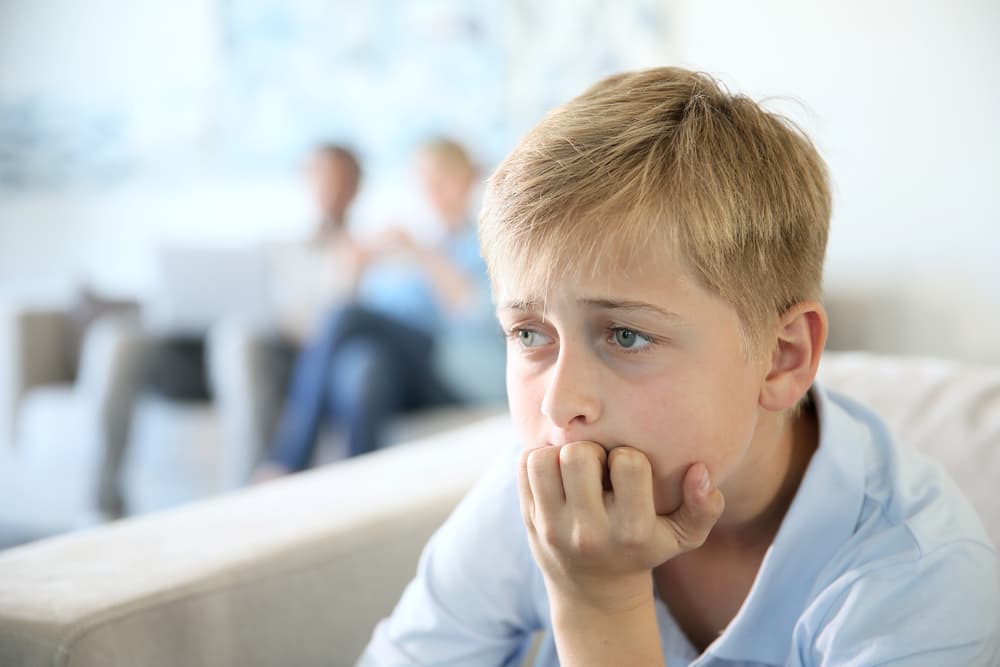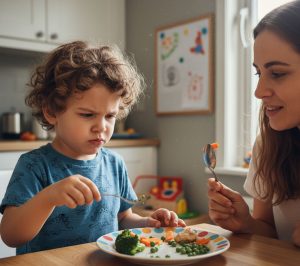3 Mistakes That Build Anxiety and Fear in Children

There are several ways that parents and caretakers can heighten anxiety and create fear, even when they are working hard to avoid this. In fact, this is usually when parents end up with the biggest challenges if their child has anxiety or fear. Without a clear understanding, once we try to protect our children from their fears, our actions usually make things worse very quickly
In the very short term perspective, it can appear as if we just rescued our child. Yet, this is an illusion.
Most of the ‘fears’ that families bring to my office are not based in some reality. In other words, the child is afraid of something that has never happened to them, or they are afraid of something that, in reality, presents no tangible threat.
It is critical, in the early stages, to accurately understand the sources of such anxiety and how you can most effectively help eliminate any parental contribution to making this explode out of control. Let’s explore three common mistakes, which actually disable children over time, by escalating their anxiety.
1. Modeling Anxious and Fearful Thinking
Some of us are wired to be a bit more worrisome by nature. This is reality. However, the secret to keeping these anxious thoughts under control is more within our grasp than it appears.
Anxious thoughts feed on our attention, and repetition. The more energy and attention we give to them, the more they show up. The more we ‘believe’ them, the stronger they get. The more we discuss them, the more they haunt us.
For our children however the effect of our anxious thinking is much stronger ON THEM, than it is on us. This is particularly true when children are younger, and when we allow those anxious thoughts to filter into our parenting behavior.
For example, when we are afraid that our son can’t handle his new classroom, we begin talking about it. We discuss how scary news things are. We encourage them to tell us their deepest worries, and to ‘call me’ if you need to. When our son responds with a question or worry, we resonate with that worry. This is how our modeling anxiety becomes a palpable part of our child’s thinking.
2. Treating Anxious Thoughts Like a Thing
When we label a child’s reaction as anxiety, we perform a mystical transformation. We turn the consequence of anxious thinking, into a thing or entity (i.e., anxiety).
Of course, the feelings that we call anxiety are real. However, we deceive ourselves when we think of the feelings as the ‘thing’ that is the problem. The feelings are the result of the problem thinking. The feelings are a pointer to the source of the problem: anxious thoughts and fearful thoughts! The anxiety your child feels is like the caboose of the train; the direction (and the substance) of the train is controlled by the thinking.
Why is this important? Because ‘the caboose’ cannot change where the train is headed. The power is in shifting the thinking, and then the feelings will change. When we discuss ‘anxiety’ without attention to the anxious thinking, our children have no sense of control. The consequence (anxiety) is, in fact, predetermined by the thoughts that precede it.
We want to focus on what is changeable, and within our control. This would be the anxious or fearful thoughts
With our children, we need to address their anxious thinking, and try to avoid calling this anxiety. They have no idea of what to do with the anxious feelings. However, you can, with a little awareness, help them change their thoughts.
When the thoughts change, the feelings will change. This is more powerful, and useful. This shift allows you and your child to know that there is a way to be free of the anxious thoughts, and the anxiety feelings that follow.
In part two, I will cover the most significant mistake we tend to make with childhood anxiety, and how to correct these errors.




